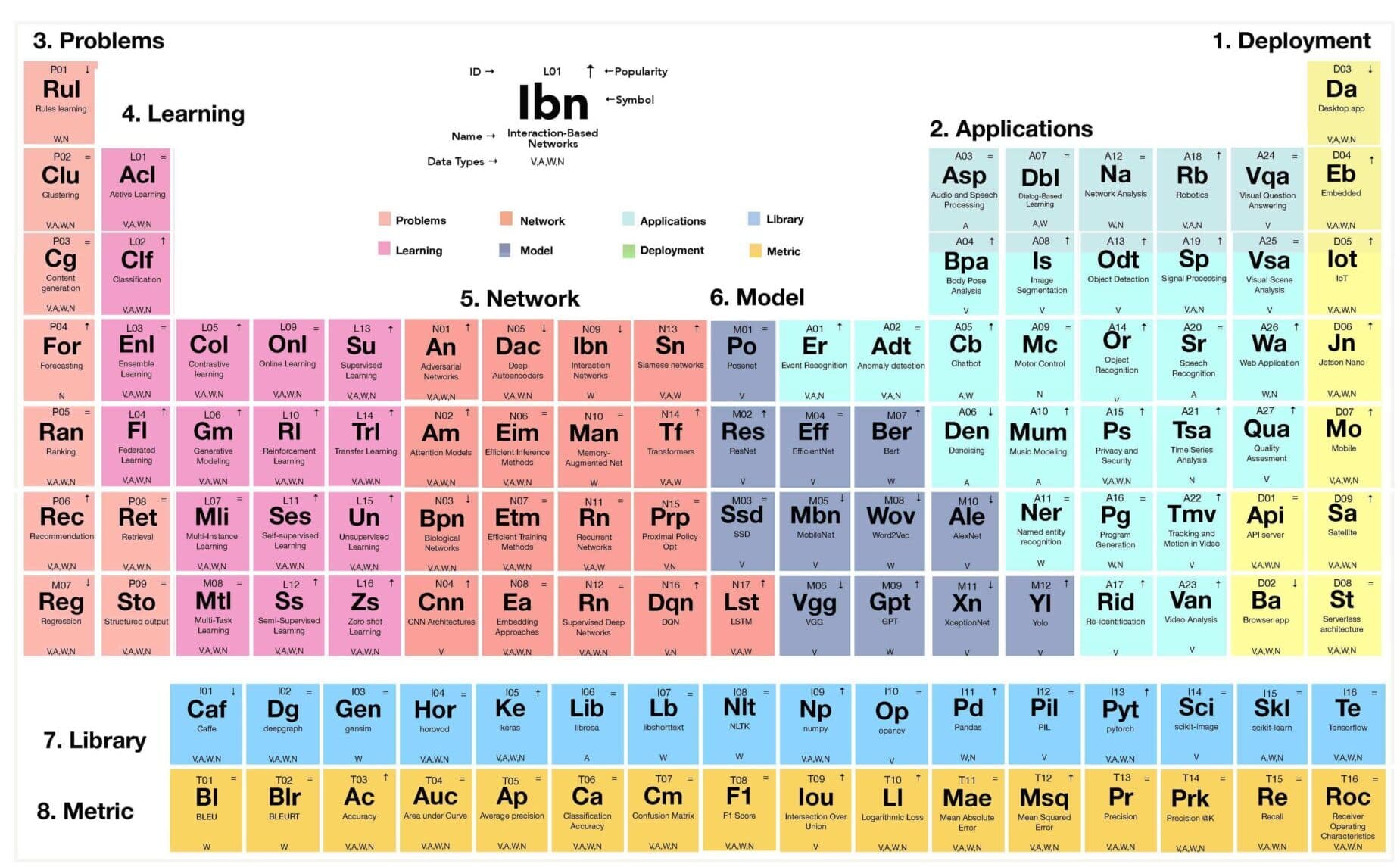


Though it is also considered to be biologically inert, some salts of gold are used to treat inflammation from arthritis. Synthetic made gold crystals by the chemical transport. It is counted as one of the least reactive chemical elements. It is a soft, lustrous, ductile, malleable, metallic yellow transition metal, whose name comes from the Latin word aurum, which means gold. The elements are arranged in order of increasing atomic number, with the lightest element (hydrogen: H) in the top left hand corner. Gold (Au) is a chemical element of the periodic table, located in the group 11 and the period 6, and is having the atomic number 79. Gold of 98 purity has been found in Nahal Qunah in the ancient kingdom of Israel, dating from about 6000 years ago. Each element has a fixed position on the Periodic Table. Gold artifacts dated to 5000 years ago have been found in Egyptian tombs. Gold is a bright, slightly reddish yellow, dense, soft, malleable, and ductile metal. Vitality, life, health, radiance, wisdom, clarity, unification, virtue and light are all qualities associated with this element. Gold has been known since prehistoric times and was the first metal used by humans. Interestingly, gold is considered a transition element within the periodic system. Alchemically, gold is the symbol of transition to love, virtue and compassion. It is resistant to heat and acid except “aqua regia” (nitric acid and hydrochloric acid) which will dissolve pure gold.īecause of its long association with humans and their crow like attraction to shiny things, it was an object to collect, adorn, barter and obsess over. It is one of the least reactive elements and will not react with oxygen at any temperature. A one-gram piece of gold can be hammered into a one meter square sheet that is semi-transparent. It is a shiny, soft, yellowish red, heavy malleable and ductile element. Gold is also used in jewelry, decoration, dental work, and plating and coating.

Some of gold’s 18 isotopes are used in medicine to treat cancer and arthritis. It conducts heat and electricity, reflects infrared rays, and is mostly unaffected by air and chemicals. It has been known since ancient times and artifacts from the ancient Ur (modern Iraq) civilization have been found and dated to 3,800 BCE, or 5,800 years ago. As the most malleable and ductile metal, gold is typically alloyed for strength. (In the modern periodic table, a group or family corresponds to one vertical column.Gold is the 79 th element and one of the heaviest naturally occurring elements. The periodic table allows chemists a shortcut by arranging typical elements according to their properties and putting the others into groups or families with similar chemical characteristics. Were it not for the simplification provided by this chart, students of chemistry would need to learn the properties of all 118 known elements. The term “periodic” is based on the discovery that elements show patterns in their chemical properties at certain regular intervals. Periodic Table of Elements - The Periodic Table is a tabular arrangement of the chemical elements, organized on the basis of their atomic numbers (numbers of protons in the nucleus), electron configurations, and recurring chemical properties. Mendeleev left spaces for elements he expected to be discovered, and today’s periodic table contains 118 elements, starting with hydrogen and ending with oganesson, a chemical element first synthesized in 2002 at the Joint Institute for Nuclear Research (JINR) in Dubna, Russia, by a team of Russian and American scientists. Its story is over 200 years old, and throughout its history, it has been a subject for debate, dispute and alteration.Īttempts to classify elements and group them in ways that explained their behavior date back to the 1700s, but the first actual periodic table is generally credited to Dmitri Ivanovich Mendeleev, a Russian chemist who in 1869 arranged 63 known elements according to their increasing atomic weight.

Go into any scientist’s office or lecture hall anywhere in the world and you are likely to see one. There is no more enduring reflection of science than the Periodic Table of Chemical Elements, which sheds light not only on the essence of chemistry but physics and biology as well.


 0 kommentar(er)
0 kommentar(er)
